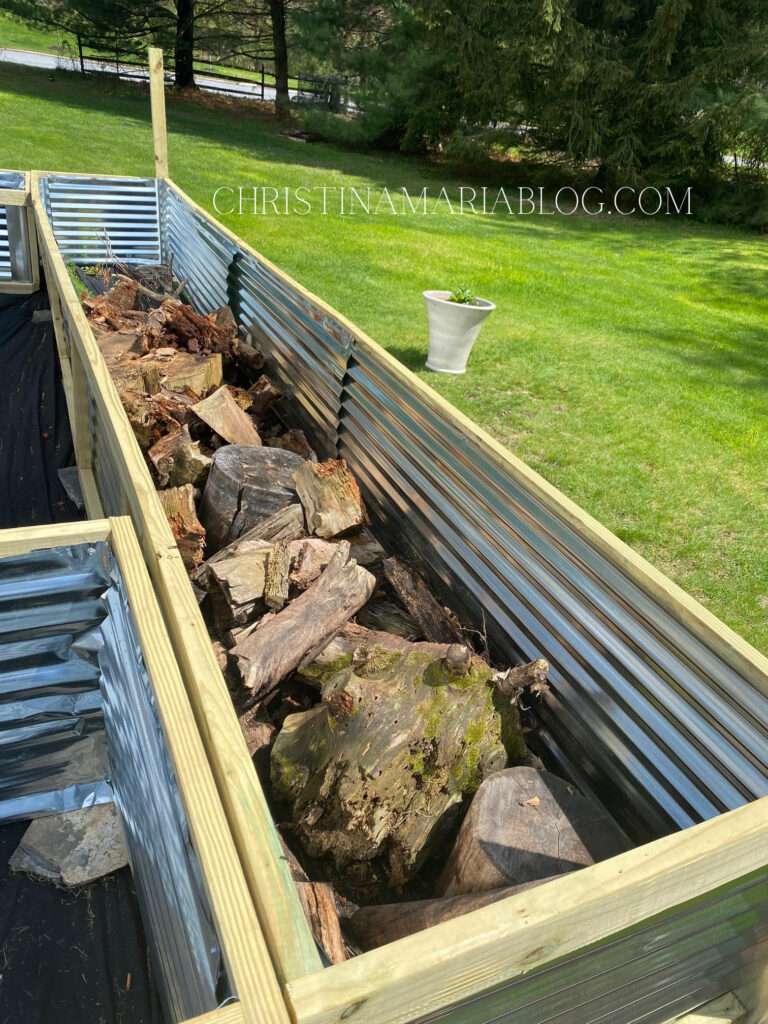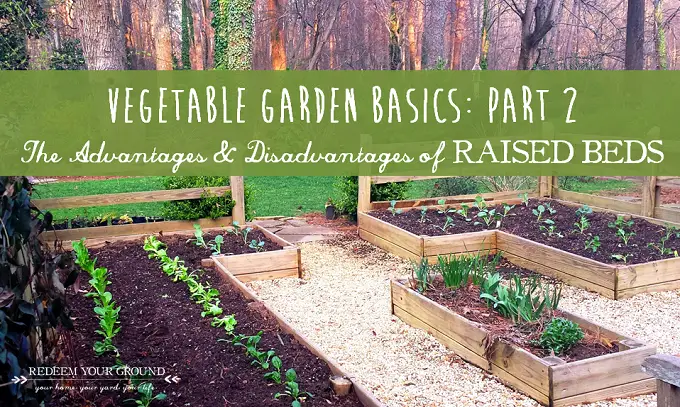In this article, we will discuss the pros and cons of filling a raised bed to the top. If you are interested in off grid living or gardening, this topic might be of interest to you. We will explore the advantages and disadvantages that come with filling a raised bed all the way to the brim. So, should you fill a raised bed to the top? Let’s find out!
Pros and Cons of Filling a Raised Bed to the Top
Are you considering filling your raised bed to the top? Raised beds have become increasingly popular in gardening, thanks to their numerous benefits. They offer better control over soil quality, improved drainage, and easier access for planting and maintenance. However, when it comes to filling the bed to the top, there are pros and cons to consider. In this article, we will explore the benefits and drawbacks of filling a raised bed to the top, helping you make an informed decision for your garden.
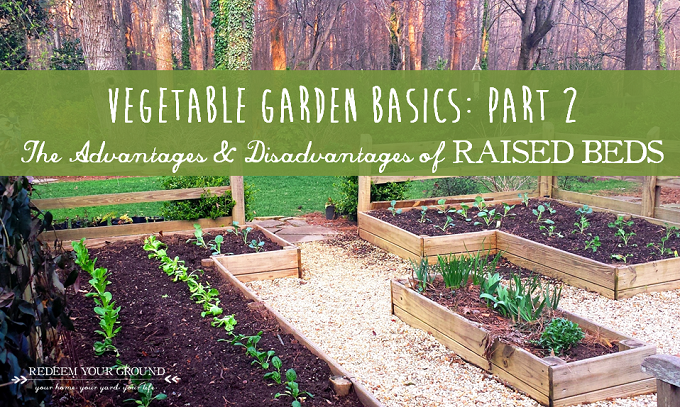
Benefits of Filling a Raised Bed to the Top
Increased Soil Depth
One of the primary advantages of filling a raised bed to the top is the increased soil depth it provides. By having a deeper layer of soil, you allow for greater root growth of your plants. Deeper roots have access to more nutrients and water, resulting in healthier and more productive plants. Additionally, increased soil depth also leads to a higher nutrient storage capacity, reducing the need for frequent fertilization.
Maximized Growing Space
Filling a raised bed to the top allows you to utilize the full area of the bed effectively. This maximizes your growing space and provides more room for a variety of plants. Whether you want to grow vegetables, herbs, or flowers, a fully filled raised bed will provide ample space for your garden to thrive. Utilizing the full area of the bed also helps prevent wasted space and ensures that you make the most of your gardening efforts.
Improved Drainage
Proper drainage is crucial for the health of your plants. When you fill a raised bed to the top, you create a higher volume of soil that aids in better drainage. Excess water can easily drain away, preventing waterlogging and minimizing the risk of root rot. Improved drainage is particularly beneficial in areas with heavy rainfall or if your raised bed is not elevated above the ground surface.
Prevention of Weeds
Weeds can be a constant headache for every gardener. By filling a raised bed to the top, you can create a barrier that inhibits weed growth. The layer of soil you add effectively suffocates weed seeds and prevents them from germinating. Additionally, any weeds that do manage to grow can be easily removed since they are not deeply rooted in the raised bed. This makes maintenance much easier and saves you time and effort in the long run.
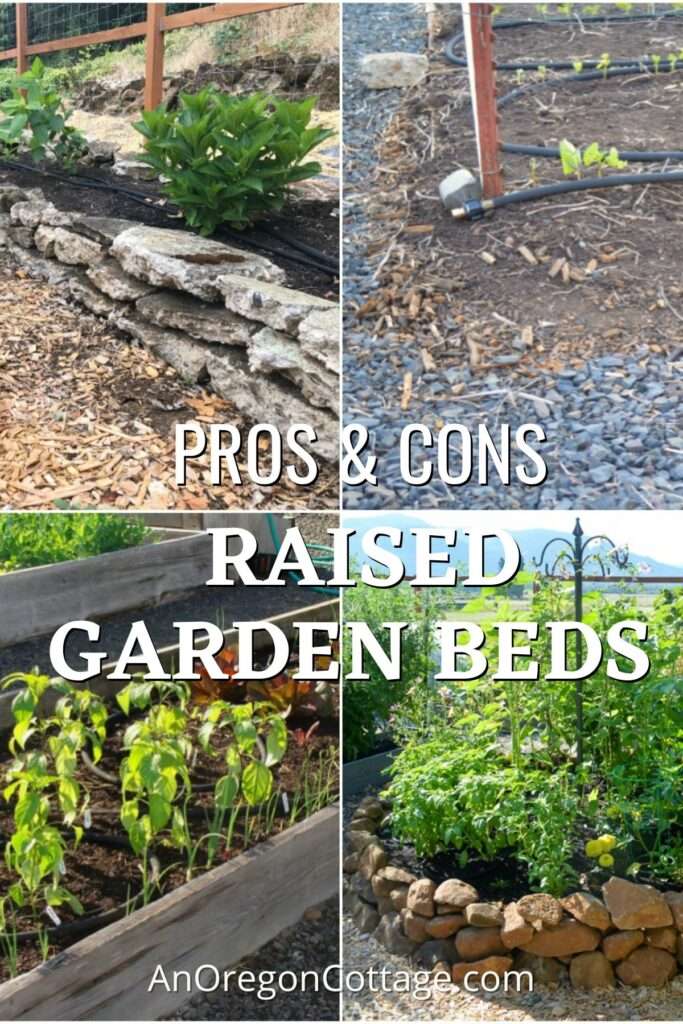
Drawbacks of Filling a Raised Bed to the Top
Higher Cost
Filling a raised bed to the top requires a larger volume of soil or amendments. This can result in higher costs than filling it partially. Depending on the size of your raised bed, these additional expenses can add up. It is important to consider your budget when deciding whether to fill your raised bed to the top or choose a less costly alternative.
Difficulties in Watering
A fully filled raised bed may require more frequent watering compared to a partially filled one. The increased soil depth can cause water to drain faster, resulting in uneven moisture levels. It is important to monitor the moisture content regularly and adjust your watering schedule accordingly. Additionally, reaching the deeper soil layers can be challenging, especially if you have limited mobility or a large garden. Consider investing in watering tools that can help you reach the entire bed effectively.
Increased Soil Erosion
When you fill a raised bed to the top, the exposed soil can be more prone to erosion. This is particularly true if your raised bed is located in an area with heavy rainfall or strong winds. To prevent soil erosion, you may need to take measures such as adding mulch or installing barriers around the bed. It is important to be proactive in protecting the soil in order to maintain its fertility and prevent nutrient loss.
Increased Weight
Filling a raised bed to the top also means adding more weight to the bed frame. This can put additional strain on the structure, especially if it is not built to withstand the extra load. Consider the load-bearing capacity of your raised bed before filling it to the top. Additionally, the increased weight can make it challenging to relocate or transport the bed if the need arises. Ensure that the bed is securely in place and consider its long-term location before committing to filling it to the top.
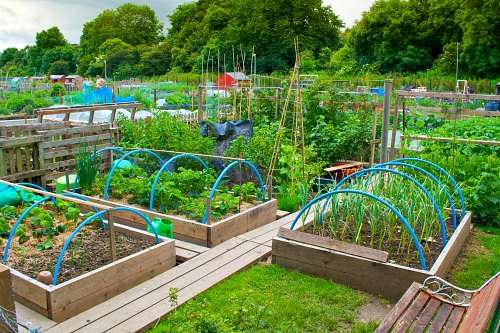
Conclusion
Filling a raised bed to the top offers several benefits such as increased soil depth, maximized growing space, improved drainage, and prevention of weeds. However, it also has drawbacks including higher cost, difficulties in watering, increased soil erosion, and increased weight. Ultimately, the decision to fill a raised bed to the top should be based on individual needs and preferences. Consider the specific requirements of your garden, your budget, and the level of effort you are willing to put into maintenance. Remember that there is no one-size-fits-all approach to raised bed gardening, and finding what works best for you is the key to a successful and enjoyable gardening experience.
